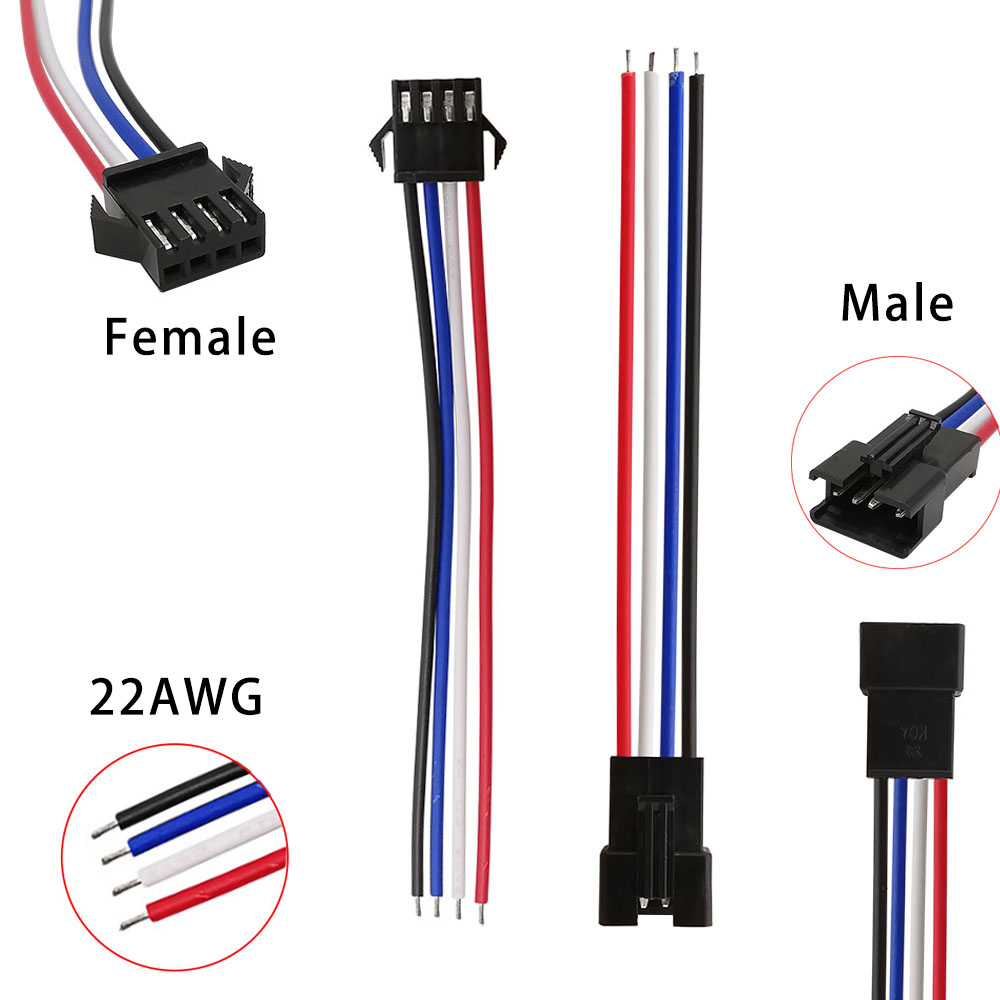
Why Are Wire Harnesses Assembled Manually?
Wire harness assembly pro

Wolfram-Electric was established in 2011, more than 20 years experience in Customized Wire Harness &Cable Assembly
We have 30+ machines, 200+ sets of molds, support OEM and ODM. Welcome to contact us !

Wechat:+8618574646075